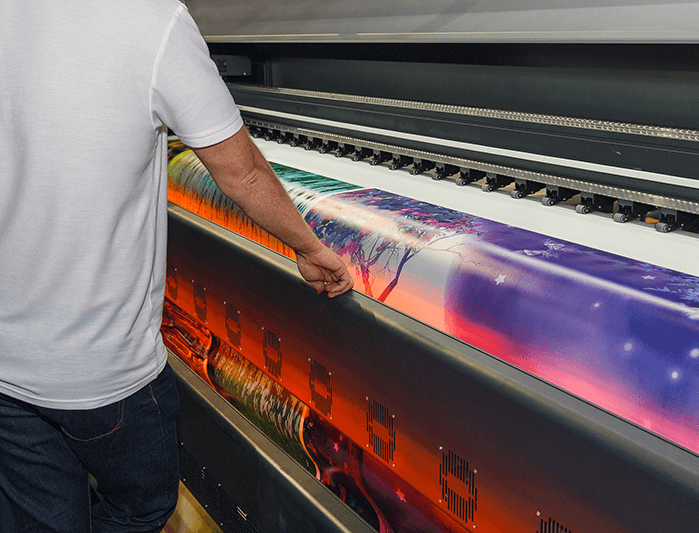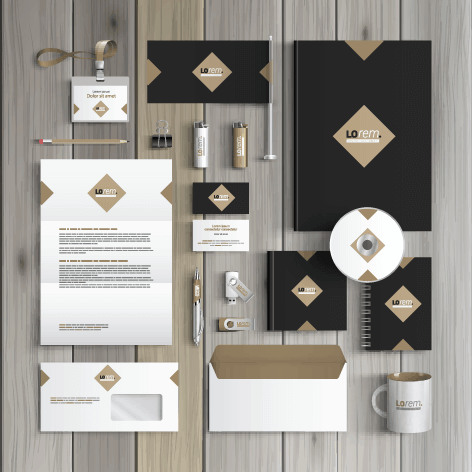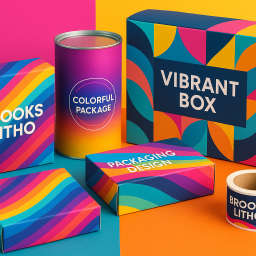
Graphic Design, whether it’s crafting a brochure, poster, or business card, is important, With a capital I. Being committed to quality graphic design cannot be overstated, particularly when it comes to designing for print. In a world dripping with the visual, intentional print design can make all the difference in conveying messages, attracting attention, and leaving a lasting impression on the audience. Let’s take a look into the significance of quality graphic design in print and outline five key considerations when embarking on print design projects.
design Clarity and Readability:
One of the primary objectives of print design is to communicate information clearly and effectively. Quality graphic design ensures that text is legible, images are crisp, and visual hierarchy directs the viewer’s attention. Typography choices, font sizes, and spacing play crucial roles in enhancing readability, ensuring that the audience can easily grasp the intended message.
Color Precision and Consistency:
In print design, color accuracy is a super big deal. Quality graphic design involves meticulous attention to color calibration, ensuring that hues appear as intended across different devices and printing processes. Consistency in color usage not only reinforces brand identity but also contributes to the overall professionalism and effectiveness of printed materials.
Resolution and Image Quality:
Unlike digital mediums, where images can be resized and manipulated without significant loss of quality, print requires high-resolution assets for optimal results. Quality graphic design involves selecting and preparing images with sufficient resolution to maintain sharpness and detail when translated onto physical media. Failure to pay attention to proper resolution standards can result in pixelation or blur, detracting from the visual appeal and effectiveness of the printed piece.
Paper Selection and Finishing Touches:
The choice of paper stock can profoundly influence the look and feel of printed materials. Quality graphic design balances factors such as weight, texture, and finish to complement the design concept and target audience preferences. Additionally, attention to finishing touches, such as coatings, embossing, or foil stamping, can elevate the perceived value of printed materials, enhancing their tactile appeal and reinforcing brand perception.
Print Specifications and Prepress Preparation:
Effective print design requires a thorough understanding and adherence to print specifications and prepress requirements. Quality graphic designers are proficient in preparing files according to industry standards, including proper bleeds, margins, and color profiles. Attention to these technical details not only facilitates smooth production processes but also minimizes the risk of errors or discrepancies that could compromise the final output.
It’s an art form. Quality graphic design serves as the cornerstone of successful print projects, ensuring that visual communication objectives are met with precision and impact. Incorporating all of these issues, designers can create print materials that captivate audiences, convey messages with clarity, and uphold the integrity of brand identities.
Print is powerful. By prioritizing quality graphic design and embracing the nuances of print production, designers can harness the full potential of printed materials to inform, inspire, and delight.











